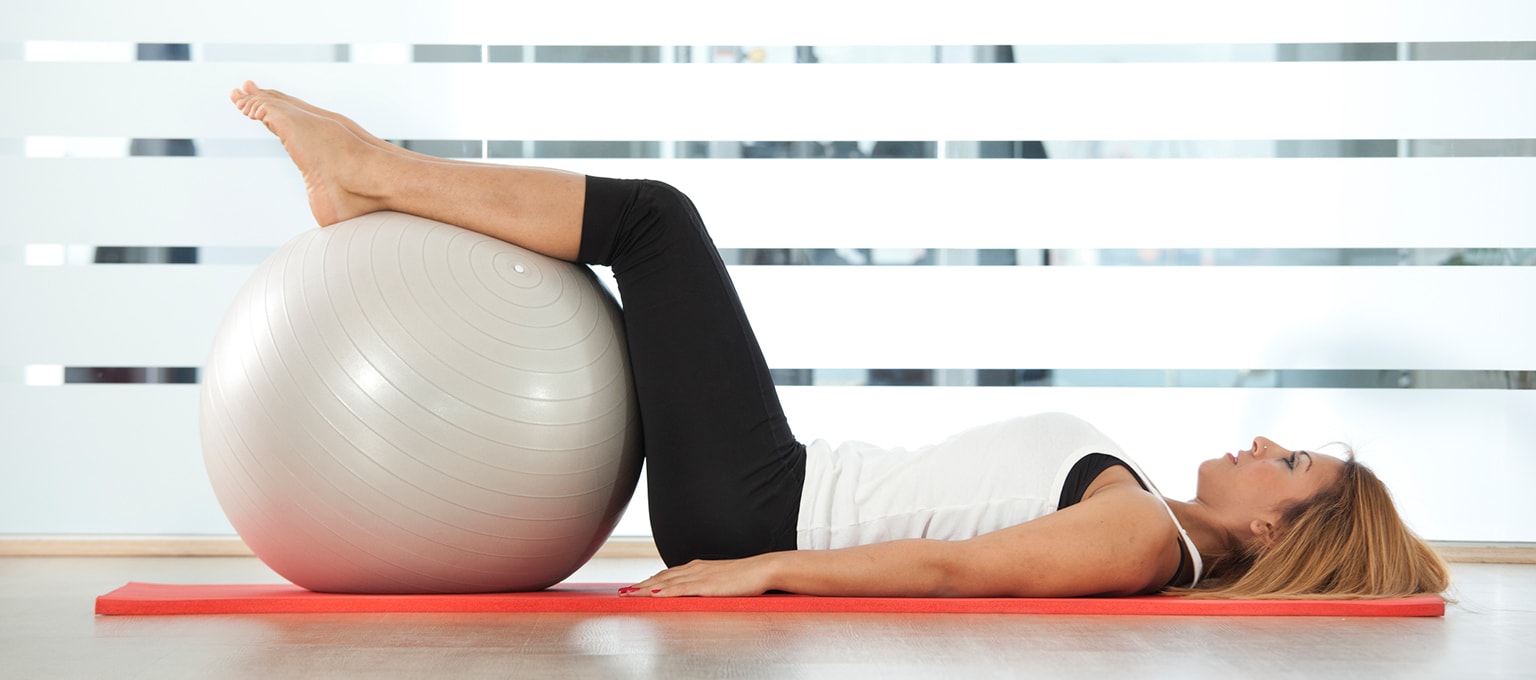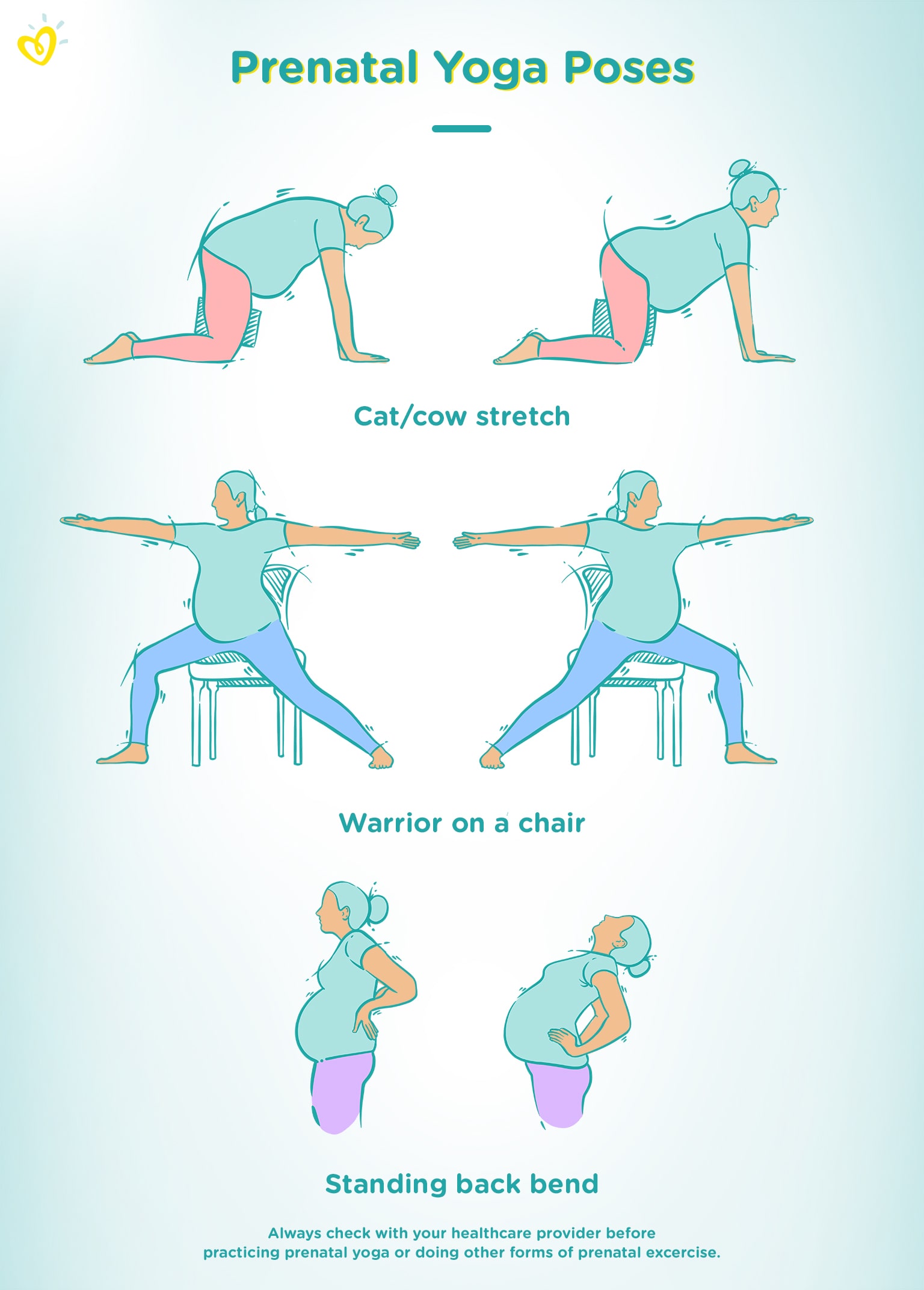Warning: Trying to access array offset on false in /home/bcsaid/shunoyona.com/wp-content/plugins/wp-word-count/public/class-wpwc-public.php on line 123
Kegel exercises during the second trimester can strengthen pelvic floor muscles and support a growing uterus. Regular practice may ease childbirth and recovery.
Kegel exercises, often recommended for pregnant women, are vital for maintaining pelvic floor strength as the body prepares for the increasing weight of the developing baby. By engaging in these simple clench-and-release exercises, expectant mothers in their second trimester can benefit from improved bladder control and reduced risk of hemorrhoids, which are common pregnancy concerns.
Starting Kegels early on not only assists with a smoother pregnancy experience but also contributes to a quicker postpartum recovery. Emphasizing the importance of Kegels, many healthcare providers encourage incorporating them into daily routines. It’s essential to perform Kegels correctly to gain maximum benefits, and many resources are available to guide pregnant women through the proper technique.
Benefits Of Kegel Exercises During Pregnancy
Engaging in Kegel exercises during the second trimester of pregnancy brings multiple health benefits. These simple yet powerful exercises target the pelvic floor muscles. Strengthening these muscles supports the uterus, bladder, and bowels. This can lead to a smoother pregnancy and childbirth experience.
Improved Pelvic Floor Strength
The primary benefit of Kegel exercises is the increased strength in the pelvic floor muscles. This is crucial during pregnancy as the pelvic floor supports the growing uterus. With stronger muscles, pregnant women often enjoy enhanced stability and less discomfort.
- Supports the extra weight of the growing baby
- Reduces the risk of pelvic organ prolapse
- Improves muscle tone, aiding in labor and delivery
Prevention Of Urinary Incontinence
Many women experience urinary incontinence during and after pregnancy. Kegel exercises help by strengthening the muscles that control the flow of urine.
| Exercise Frequency | Benefits |
|---|---|
| Daily Kegels | Lessens urinary leaks and increases control |
| Consistent Practice | Prevents long-term incontinence issues postpartum |
By incorporating Kegel exercises into daily routines, many women report significant improvements in bladder control. This leads to increased confidence and comfort.

Credit: www.thewellnesscorner.com
When To Start Kegel Exercises In Pregnancy
Starting Kegel exercises during pregnancy can lead to a smoother delivery and recovery. These exercises strengthen the pelvic floor muscles, which support the uterus, bladder, and bowels. Knowing when to begin Kegels can make a big difference. Let’s explore the best time to start during pregnancy.
Timing In The Second Trimester
Embarking on Kegel exercises in the second trimester is ideal. It’s a time when the body has adjusted to pregnancy, yet the increasing weight of the growing baby hasn’t put excessive pressure on the pelvic floor. Starting Kegels now helps you build strength gradually and provides support as your baby grows.
- Morning routine: Incorporate Kegels into your daily schedule.
- Consistency is key: Aim for several short sessions throughout the day.
- Balance activity with relaxation: Pair Kegels with calming exercises like yoga or stretching.
Consultation With Healthcare Provider
Before starting Kegel exercises, talk with your healthcare provider. They can offer personalized advice and instructions. It’s important to ensure you’re performing Kegels correctly to avoid potential harm.
| Consultation Purpose | Benefits |
|---|---|
| Correct Technique | Ensures effective strengthening of pelvic muscles |
| Frequency & Intensity | Establishes a safe and beneficial exercise routine |
Remember, each pregnancy is unique. Your healthcare provider understands your specific needs. They can guide you on when and how to begin Kegel exercises.
How To Perform Kegel Exercises Correctly
Practicing Kegel exercises during the second trimester can be very beneficial. These exercises help strengthen the pelvic floor muscles. Strong pelvic muscles improve bladder control and ease childbirth.
Locating The Pelvic Floor Muscles
The first step in performing Kegel exercises is to find the right muscles. These are the same muscles you use to stop urinating midstream. To identify them:
- Try to stop your urine flow without using your stomach, leg, or buttock muscles.
- If you succeed, those are your pelvic floor muscles.
- Once identified, you can do Kegels anywhere and anytime.
Proper Technique And Frequency
Follow these steps to do Kegels correctly:
- Empty your bladder before starting.
- Sit or lie down in a comfortable position.
- Tighten your pelvic floor muscles. Hold for three to five seconds.
- Relax the muscles for three to five seconds.
- Repeat 10 times, three times a day.
Regular practice leads to the best results. Aim to make Kegels a daily habit.
Remember: Breathing normally during exercises is important. Do not hold your breath. Each session should include three sets of 10 repetitions. Consistency is key for building strength.
By following these steps, you’ll effectively strengthen your pelvic floor. This will help you during pregnancy and recovery after childbirth.
Safety Considerations For Kegel Exercises
Kegel exercises during the second trimester of pregnancy can offer numerous benefits. These benefits include improved pelvic floor strength and enhanced control over urinary functions. Yet, it’s crucial to approach these exercises with an awareness of safety. This ensures both the mother’s and baby’s well-being.
Avoiding Overexertion
Overexertion is a risk to avoid while performing Kegel exercises. The aim is to strengthen, not strain, the pelvic floor muscles.
- Start with short sessions.
- Increase gradually.
- Listen to your body.
Consistency is key, but so is moderation. Ensure exercises do not lead to fatigue or discomfort.
Signs To Stop
Certain signs indicate the need to stop Kegel exercises immediately. These include:
- Pain or discomfort.
- Increased spotting or bleeding.
- Any contractions or cramping.
If any of these signs occur, it is essential to cease the exercises and consult a healthcare professional.
Effects Of Kegel Exercises On Labor And Delivery
The journey through pregnancy brings many changes to a woman’s body. Among the recommended exercises for expectant mothers, Kegel exercises stand out, especially during the second trimester. These simple clench-and-release exercises target the pelvic floor muscles, offering benefits that extend into labor and delivery.
Potential Impact On Labor Progress
Performing Kegel exercises can have a noticeable effect on the labor process. These exercises strengthen the pelvic floor muscles. Strong pelvic muscles may contribute to a smoother labor. Here are some potential benefits:
- Enhanced muscle control during labor.
- Reduced chances of tearing during childbirth.
- Possibly shorter pushing stages due to stronger muscles.
Regular Kegels may lead to a more controlled labor experience. This can be especially helpful for first-time mothers.
Postpartum Recovery
The benefits of Kegel exercises extend beyond childbirth. They play a critical role in postpartum recovery. Here’s how:
- They help restore pelvic strength after delivery.
- They can reduce urinary incontinence, common after childbirth.
- They support the healing process, leading to quicker recovery times.
By incorporating Kegels into your routine, you help your body prepare for a smoother transition through labor and beyond. This can mean getting back to your pre-pregnancy activities sooner.

Credit: www.pampers.com
Common Mistakes To Avoid When Doing Kegel Exercises
As you embark on the journey of pregnancy, Kegel exercises become a beacon of hope for a stronger pelvic floor. These exercises are essential during the second trimester. But, it’s easy to make mistakes. Let’s ensure your efforts are effective and safe by avoiding common pitfalls.
Incorrect Muscle Engagement
One of the most crucial aspects of Kegel exercises is targeting the right muscles. Imagine you’re trying to stop the flow of urine. That’s the muscle you want to work. Misidentifying muscles can reduce effectiveness. Here’s what to keep in mind:
- Focus on your pelvic floor, not your abdomen or thighs.
- Avoid holding your breath. Breathe freely instead.
- If unsure, consult a healthcare professional for guidance.
Inconsistent Routine
Consistency is key when it comes to strengthening muscles. An inconsistent routine won’t yield the desired results. Make Kegel exercises a daily habit:
- Set a regular time each day for your Kegels.
- Use reminders on your phone or sticky notes as prompts.
- Track your progress to stay motivated.
Remember, patience and persistence pay off. Stick to a schedule and your pelvic floor will thank you.
Incorporating Kegel Exercises Into Your Routine
Kegel exercises during the second trimester can strengthen pelvic floor muscles. These simple contractions prepare your body for childbirth. Let’s explore ways to weave Kegels into your daily life.
Tips For Consistency
- Set reminders on your phone or write them in your planner.
- Pair Kegels with daily habits, like brushing teeth or watching a favorite show.
- Start with a few repetitions and build up gradually.
- Keep a progress journal to track your routine and improvements.
- Join a pregnancy group to stay motivated and share experiences.
Combining With Other Pregnancy Exercises
Mixing Kegels with other exercises makes your routine more dynamic and beneficial.
| Exercise | Benefits | How to Combine |
|---|---|---|
| Prenatal Yoga | Improves flexibility and mental wellness. | Do Kegels during relaxation poses. |
| Walking | Boosts cardiovascular health. | Contract pelvic floor muscles with each step. |
| Swimming | Low impact and soothing for joints. | Perform Kegels while floating or standing in water. |

Credit: www.pampers.com
Frequently Asked Questions
When Should I Start Doing Kegels During Pregnancy?
Begin Kegel exercises early in pregnancy, ideally during the first trimester, after consulting with your healthcare provider.
How Can I Strengthen My Pelvic Floor In Second Trimester?
To strengthen your pelvic floor in the second trimester, practice Kegel exercises daily. Perform gentle squats and bridges, and incorporate prenatal yoga poses that target the pelvic area. Always consult with your healthcare provider before starting any new exercise routine during pregnancy.
What Happens If You Don’t Do Kegels While Pregnant?
Not doing Kegels while pregnant may lead to weaker pelvic floor muscles. This can result in urinary incontinence and reduced support for your pelvic organs. Strengthening these muscles through Kegel exercises can help prevent these issues.
Do Kegels Help Induce Labor?
Kegel exercises strengthen pelvic floor muscles but lack scientific evidence for inducing labor. They are more beneficial for pre- and post-pregnancy support.
Conclusion
Embracing Kegel exercises during your second trimester can offer remarkable benefits. These simple yet effective workouts enhance pelvic strength, preparing your body for childbirth. As you continue your pregnancy journey, integrating Kegels into your routine may lead to a smoother delivery and recovery.
Remember to consult with your healthcare provider before starting any new exercise regimen to ensure it’s safe for you and your baby.

